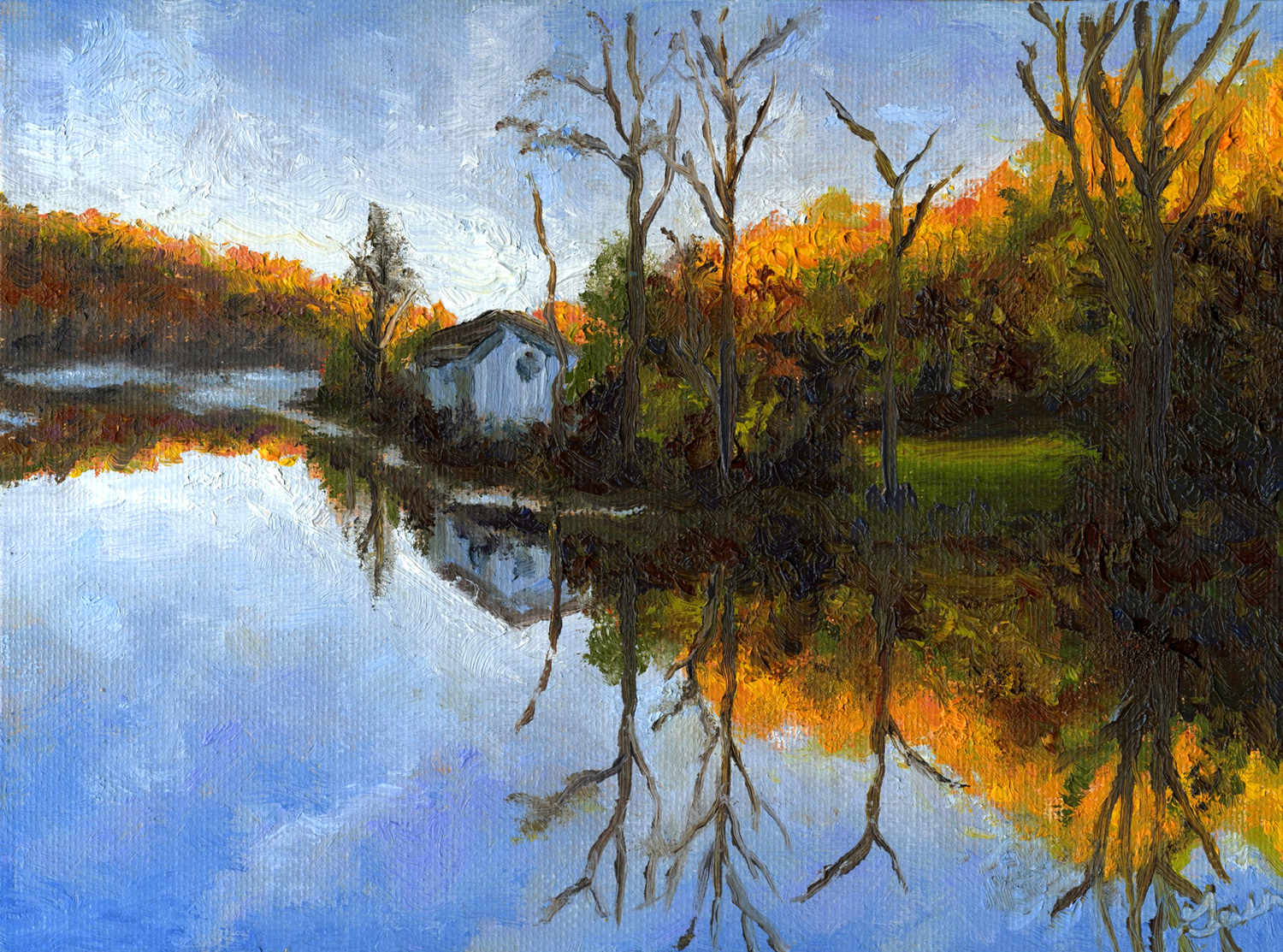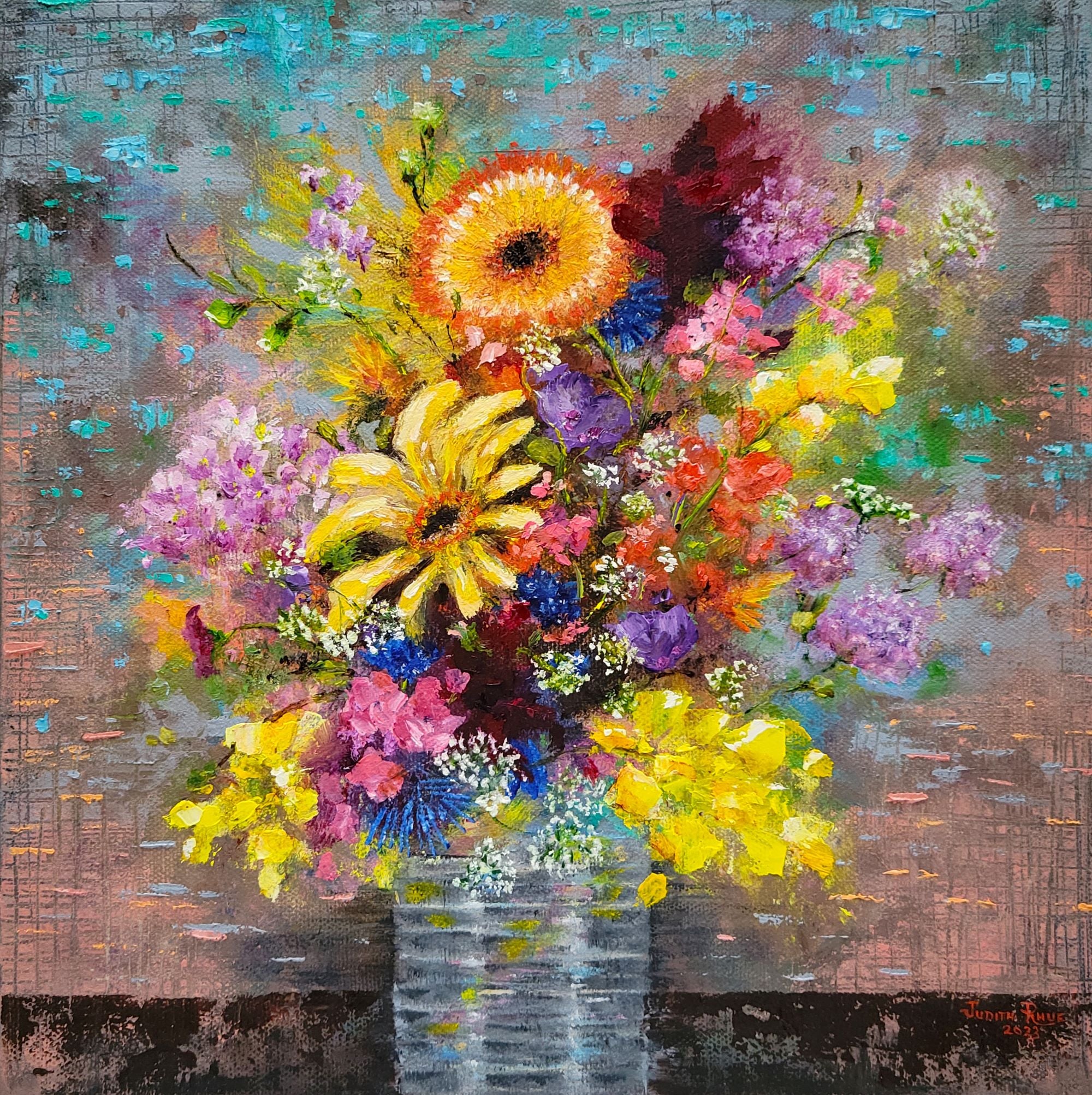The Advantages of Getting Oil Paintings: Why They Are a Timeless Investment
The advantages of getting oil paintings extend beyond mere aesthetic appeals. These art work carry historical importance and cultural value, making them rewarding additions to any type of collection. Their one-of-a-kind textures and techniques contribute to an appealing visual experience. In addition, well established artists typically see their job appreciate with time, providing a possible monetary benefit - oil paintings for sale. As one explores the multifaceted reasons for investing in oil paintings, the much deeper implications of such an option become increasingly evident
The Visual Charm of Oil Paints
The appeal of oil paintings hinges on their rich appearances and lively colors, which can transform any kind of area into an interesting environment. These artworks have a depth that mesmerizes audiences, attracting them right into the complexities of the brushstrokes and the interplay of light and shadow. The shiny finish of oil paint improves the aesthetic experience, enlivening scenes and subjects in a method that mediums frequently can not achieve. Additionally, the variety of designs-- from classic to modern-- permits for a varied selection that can enhance any design. The emotional vibration conveyed through shade options and strategies includes a layer of link between the artwork and the onlooker, making oil paintings not simply decorative things, but powerful expressions of creative vision.
Historical Value and Cultural Value
Oil paints act as vital web links to a creative heritage, showcasing methods and designs that have actually evolved over centuries. They envelop cultural expressions and identifications, showing the values and stories of their time. By obtaining these works, people add to the conservation of history and the gratitude of varied cultural legacies.
Imaginative Heritage Conservation
While numerous might neglect the relevance of creative heritage, acquiring oil paintings plays a vital duty in maintaining cultural and historic narratives. These artworks act as aesthetic documentation of their time, recording the significance of societal worths, traditions, and historical events. By getting oil paintings, enthusiasts add to the guarding of social traditions, ensuring that future generations can value and learn from these creative expressions. Each item mirrors the distinct tale of its maker and the context in which it was made. Furthermore, the ongoing appreciation and display screen of oil paints in different settings help to promote an understanding of varied imaginative activities, enhancing the social landscape. For that reason, buying oil paintings is not just a financial choice yet an act of cultural stewardship.
Social Expression and Identification
Art acts as an effective tool for social expression and identification, mirroring the diverse narratives that form cultures. Oil paints, in specific, record the significance of social heritage, highlighting historic contexts and sociopolitical climates. Each brushstroke shares stories and emotions one-of-a-kind to certain practices, permitting customers to engage with the artist's social history. This link promotes a feeling of belonging and understanding amongst various areas. In addition, oil paintings commonly function as aesthetic paperwork of cultural advancement, showcasing changes in identity gradually. The investment in these artworks not just supports musicians but additionally maintains social legacies, making them substantial possessions for enthusiasts. Ultimately, oil paints improve one's gratitude for the intricacies of human experience and the rich tapestry of social identity.
Recognition in Value Gradually

The recognition of oil paintings gradually is influenced by numerous elements, including historic value trends that mirror transforming tastes and cultural relevance. In addition, the credibility of the musician plays a crucial function in figuring out the art work's market price, usually increasing as the musician gains acknowledgment. Market demand fluctuations can even more affect rates, making oil paintings a potentially financially rewarding investment for collection agencies.
Historical Value Fads
As collectors seek to purchase concrete possessions, the historical value patterns of oil paints expose a compelling story of admiration over time. Historically, oil paintings have shown a regular higher trajectory in value, especially for works by well established musicians. Economic cycles and market need have actually affected these patterns, with periods of boosted rate of interest usually leading to considerable rate rises. Public auction records often highlight the exceptional returns attained by renowned items, further enhancing the idea of oil paintings as feasible long-term financial investments. Furthermore, social activities and shifts in collector choices have occasionally spurred unforeseen appreciation, exposing that the art market, while somewhat unpredictable, generally prefers high quality oil paintings. Consequently, understanding these historic trends can lead capitalists in making notified decisions.
Artist Credibility Effect
While the credibility of a musician plays an important duty in the admiration of oil paintings, it is necessary to acknowledge that this impact can differ considerably based upon a number of aspects. Established musicians, particularly those with a considerable historic or cultural influence, often tend to see their jobs appreciate a lot more swiftly. On the other hand, lesser-known or arising artists may not experience the same level of need, affecting their artwork's worth. Additionally, the artist's ability to create a regular body of work and preserve significance in the art globe can influence long-term admiration. Enthusiasts typically look for jobs from musicians that are acknowledged by respectable galleries and institutions, which can even more improve the value of an oil painting in time, making artist track record a vital factor to consider in financial investment choices.

Market Demand Fluctuations
Just how do market demand changes influence the recognition of oil paints gradually? The worth of oil paintings is intrinsically connected to market demand, which can differ based upon economic problems, trends, and enthusiasts' preferences. In times of economic prosperity, demand usually rises, causing enhanced costs as even more buyers enter the marketplace. Alternatively, during economic slumps, demand might dwindle, causing worths to stagnate or perhaps decrease. In addition, the popularity of specific artists can shift, affecting their work's desirability. Ultimately, comprehending market need is important for investors, as well-managed collections can appreciate considerably in time, reflecting both the talent of the musician and the wider market dynamics. This interplay highlights the significance of critical getting in oil paint financial investments.
Special Appearances and Strategies
Oil paints mesmerize customers with their distinct textures and techniques, showcasing the artist's proficiency over the medium. The thick application of paint, referred to as impasto, develops a three-dimensional result, inviting touch and enhancing visual deepness. Musicians typically utilize different brush strokes, layering, and glazing techniques to achieve complex information and luminous colors. This convenience enables for abundant contrasts and subtle changes, making each art work uniquely meaningful. The sluggish drying out time of oil paint enables musicians to blend colors perfectly, resulting in smooth slopes and lively tones. These strategies contribute to the paint's overall character, making it a compelling centerpiece. Each oil paint works as an indication of the creative thinking and ability integral in traditional imaginative methods.
Adaptability in Home Decor
The unique appearances and methods of oil paints not just showcase creative ability however also boost their flexibility in home style. These art work can effortlessly complement different interior styles, from contemporary minimal to traditional beauty. Oil paintings act as prime focus, drawing attention and stimulating discussion amongst visitors. Their rich colors and deepness can harmonize with various shade palettes, making them adaptable to altering design trends. Furthermore, the emotional vibration of oil paintings can create atmosphere, whether it be warmth in a comfy living-room or vibrancy in a creative work space. By including oil paints, property owners raise their rooms, changing them into thoughtfully curated environments that reflect individual preference and artistic recognition. Inevitably, oil paintings are an enduring selection for enhancing home aesthetics.
Connection to Renowned Artists
While numerous art types can evoke adoration, acquiring oil paints typically develops an unique connection to popular artists throughout history. Having an oil paint permits collectors to engage with the creative visions of masters like Van Gogh, Monet, and Rembrandt. Each brushstroke personifies the artist's emotions, techniques, and intents, providing understanding into their globe. This link transcends time, as each item brings a narrative that mirrors the cultural and historic context of its creation. Collection agencies not only get a masterpiece but likewise a fragment of the musician's tradition. As art lovers check out the stories behind these paintings, they gain a deeper recognition for the craftsmanship and creative activities that shaped their growth, improving the value of their investment.
Psychological and Mental Advantages of Art
Art often works as an effective catalyst for emotional and mental health. The existence of oil paintings in a space can stimulate a variety of emotions, from peace to inspiration. Their elaborate information and dynamic colors offer visitors a getaway, enabling for reflection and contemplation. Researches suggest that involving with art can minimize stress and anxiety and anxiety, promoting a sense of tranquility. Additionally, owning original artwork can produce an individual link, enhancing feelings of pride and delight. This emotional bond often causes a much deeper appreciation of one's environments, changing a home right into a home. Inevitably, the psychological advantages of art prolong beyond aesthetics, contributing to general mental health and enhancing life experiences.

Often Asked Questions
Just how Do I Pick the Right Oil Paint for My Space?
Picking the appropriate oil paint entails taking into consideration the room's color pattern, size, and total aesthetic. One need to examine individual taste, the paint's emotional influence, and how well it matches existing decoration prior to making a decision.

What Elements Influence the Value of an Oil Painting?
The value of an oil paint is influenced by elements such as the artist's credibility, provenance, historical importance, condition, market, and rarity need. Each element adds to total worth and value among enthusiasts.
How Can I Look After and Keep My Oil Paint?
To look after and maintain an oil paint, one ought to consistently dust it with a soft cloth, prevent straight sunshine exposure, control moisture degrees, and think about professional cleaning to protect its vibrancy and stability.
Are There Specific Artists Known for Their Oil Paintings?
Numerous artists are renowned for their oil paints - oil paintings for sale. Notable figures consist of Vincent van Gogh, Claude Monet, and Rembrandt, each celebrated for their unique methods and payments to the art globe via vibrant, distinctive oil mediums
Where Can I Acquisition Genuine Oil Paintings?
Authentic oil paints can be bought from reputable galleries, art fairs, and on the internet platforms focusing on art. Collectors must verify the authenticity and provenance prior to making a purchase to ensure a valuable financial investment. Historically, oil paintings have shown a consistent upward trajectory in worth, particularly for works by established artists. While the reputation of a musician plays a vital function in the appreciation of oil paints, it is vital to acknowledge that this impact can differ considerably based on numerous aspects. Oil paintings mesmerize audiences with their distinct textures and techniques, showcasing the musician's proficiency over the medium. While many art forms can stimulate appreciation, acquiring oil paints frequently establishes a distinct connection to prominent musicians throughout history. The value of an oil paint is affected by aspects such get more info as the musician's online reputation, provenance, historical significance, market, problem, and rarity need.